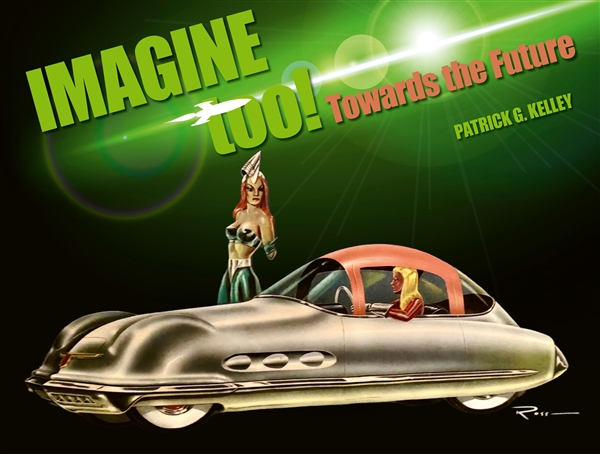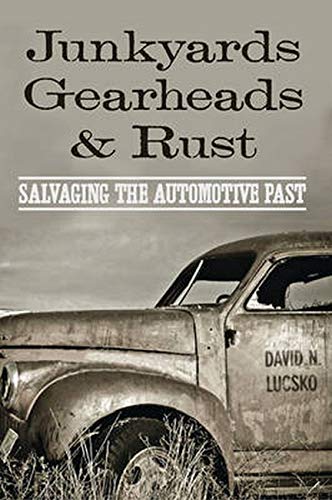
The material appeal of the automobile junkyard goes beyond the search for second-hand parts.
What happens to automobiles after they are retired but before they are processed as scrap? In this fascinating history, David N. Lucsko takes readers on a tour of salvage yards and wrecked or otherwise out-of-service cars in the United States from the point of view of gearheads―the hot rodders, restoration hobbyists, street rodders, and classic car devotees who reuse, repurpose, and restore junked cars.
Junkyards, Gearheads, and Rust is a nuanced exploration of the business of dismantling wrecks and selling second-hand parts. It examines the reinterpretation of these cars and parts by artists as well as their restoration by enthusiasts. It also surveys the origin and evolution of gearhead-oriented yards that specialize in specific types of automobiles; dissects the material and emotional appeal of the salvage yard and its contents among enthusiasts; and examines how zoning and nuisance ordinances have affected both salvage businesses and hobbyists.
Lucsko concludes with an analysis of efforts during the last twenty-five years to hasten vehicular obsolescence at the expense of salvage yards, mechanics, and enthusiasts. By examining how cars are salvaged, repurposed, and restored, this book demonstrates that the history of the automobile is much more than a running catalog of showroom novelties.
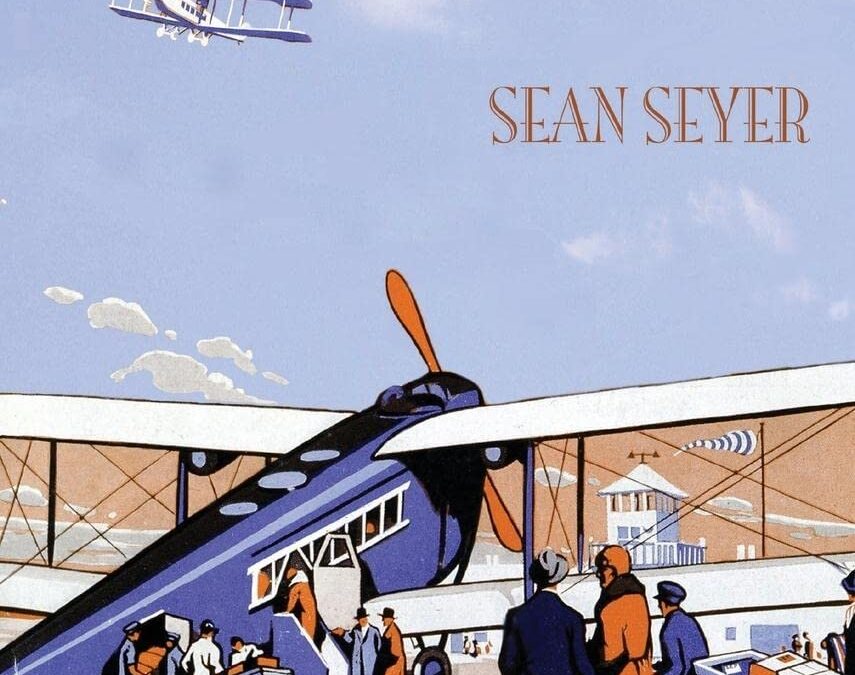
A pathbreaking history of the regulatory foundations of America’s twentieth-century aerial preeminence.
Today, the federal government possesses unparalleled authority over the atmosphere of the United States. Yet when the Wright Brothers inaugurated the air age on December 17, 1903, the sky was an unregulated frontier. As increasing numbers of aircraft threatened public safety in subsequent decades and World War I accentuated national security concerns about aviation, the need for government intervention became increasingly apparent. But where did authority over the airplane reside within America’s federalist system? And what should US policy look like for a device that could readily travel over physical barriers and political borders?
In Sovereign Skies, Sean Seyer provides a radically new understanding of the origins of American aviation policy in the first decades of the twentieth century. Drawing on the concept of mental models from cognitive science, regime theory from political science, and extensive archival sources, Seyer situates the development, spread, and institutionalization of a distinct American regulatory idea within its proper international context. He illustrates how a relatively small group of bureaucrats, military officers, industry leaders, and engineers drew upon previous regulatory schemes and international principles in their struggle to define government’s relationship to the airplane. In so doing, he challenges the current domestic-centered narrative within the literature and delineates the central role of the airplane in the reinterpretation of federal power under the commerce clause.
By placing the origins of aviation policy within a broader transnational context, Sovereign Skies highlights the influence of global regimes on US policy and demonstrates the need for continued engagement in world affairs. Filling a major gap in the historiography of aviation, it will be of interest to readers of aviation, diplomatic, and legal history, as well as regulatory policy and American political development.
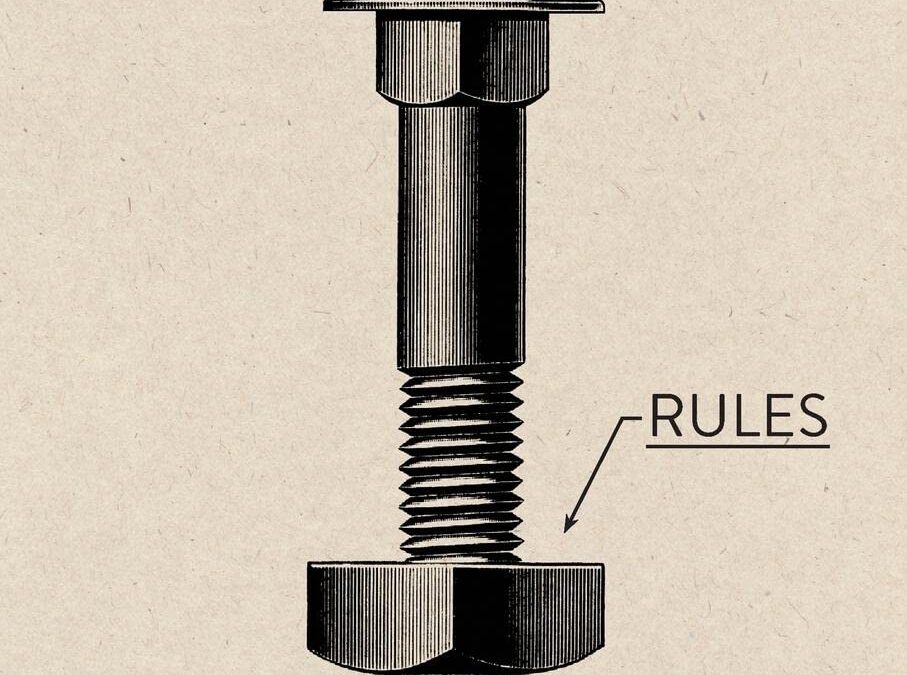
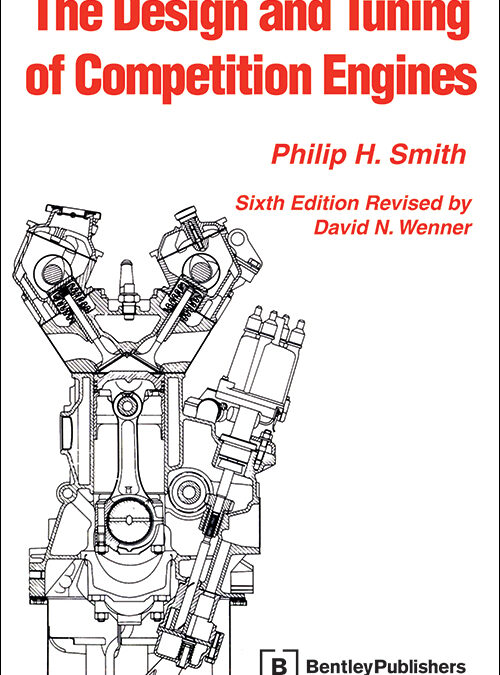
No other book gives you better insight into the expert preparation of engines for racing and high-performance road use, whether your interest lies in street, oval track, drag, or stock car racing. The first chapters explain the fundamentals that govern high-performance engines: thermodynamic laws, gasflow, mechanical efficiency, and engine materials and construction. Understanding these basic factors is crucial to making correct decisions when tuning or modifying your engine.
Actual engine preparation techniques are described in the middle section, including cylinder head work and balancing and blueprinting. The final part of the book focuses on modifying specific engines: American V8s, Porsche 911, Volkswagen Air-cooled and Water-cooled, Cosworth BDA, Formula Ford 1600, Datsun 4- and 6-cylinder, and Mazda rotary engines. You’ll learn proven techniques to increase performance and reliability, and, just as important, which modifications won’t give you meaningful gains.
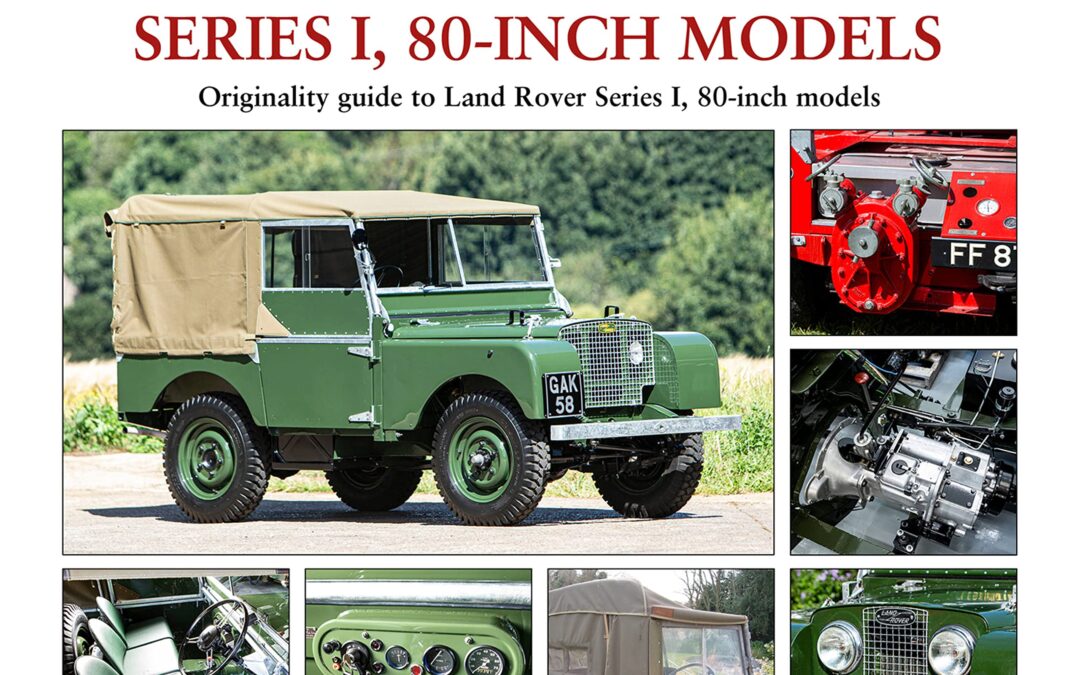
It was back in 1996 that James Taylor’s book Original Land Rover Series I was first published, and it has been in print and in constant demand ever since. In recent years James has been engaged in further research and the gathering of new information for a much larger and more detailed work about the Series I, so this substantial new book is dedicated to the 80-inch models alone, with the Series I’s on other wheelbases to come in a later volume. The aim remains the same as it was for the 1996 book: to provide a detailed guide to correct factory specification and equipment for all models. The Land Rover was a huge success for its makers right from the start in 1948, when it was introduced as a product to keep the Rover factories busy in the difficult economic times that followed the Second World War. Developed with a speed that was remarkable even for the relatively unsophisticated vehicles of those days, it was regularly updated in both major and minor ways over the next five years as improvements became necessary or suggested themselves. It is the fine detail of those improvements – some intended to simplify build procedures and others to give the customers a better product – that lie at the heart of this book. For owners and enthusiasts seeking to return an 80-inch model to its original ex-factory specification, or to identify non-original features, it aims to demystify the huge succession of changes that were made on the assembly lines, recording not only what happened but also why. With the aid of Simon Clay’s photography of some superb examples of the marque, correct details are shown on both complete vehicles and on some under restoration to give the dedicated enthusiast the knowledge needed. In this book, leading Land Rover historian James Taylor is your guide to the multiple changes in specification that affected the 80-inch Land Rovers built between 1948 and 1953.
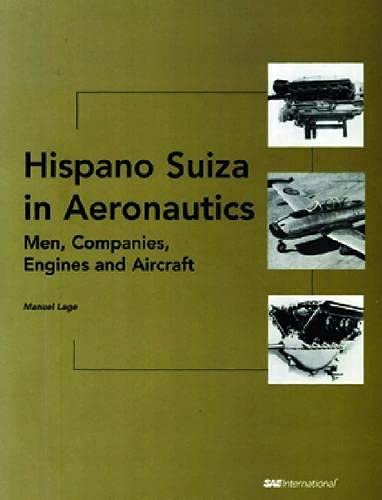
Hispano Suiza, a firm of sound Spanish tradition and origins, is little known to the new generations today. Great luxury automobiles made at the Hispano Suiza factories in Barcelona and Paris during the 1920s and 1930s are usually brought to mind to those who have heard of the company. However, Hispano Suiza developed other activities of considerable industrial, commercial, and strategic importance – aviation engines produced in Spain and France, and aircraft constructed only in Spain.
In 1923, Hispano Suiza established the Société Française Hispano Suiza in France. Although the highest percentage of the company’s assets was Spanish, Hispano Suiza became the first company in France to manufacture aviation engines and the main supplier for the Armée de l’Air until the 1960s.
This book examines Hispano Suiza’s evolution and the technological advances of its engines. Starting with circumstances that favored the creation of an indigenous aviation engine, the story follows engine development for a breadth of applications, particularly aviation engines, and describes, in parallel, the birth and development of aircraft in Spain by Campañía Española de Construcciones Aeronáuticas (CECA), La Hispano, La Hispano Aircraft, La Hispano Suiza, SAF-5, SAF-15, and La Hispano Aviación.
Although numerous books have been published on the more common developments of Hispano Suiza, until now none have been published on the company’s primary line of business, aircraft and aviation engines. Hispano Suiza in Aeronautics: Men, Companies, Engines and Aircraft is an in-depth study covering a vast period in the history of the Spanish and French aircraft industry (1913-1967) and offers insight into Hispano Suiza’s significant developments.
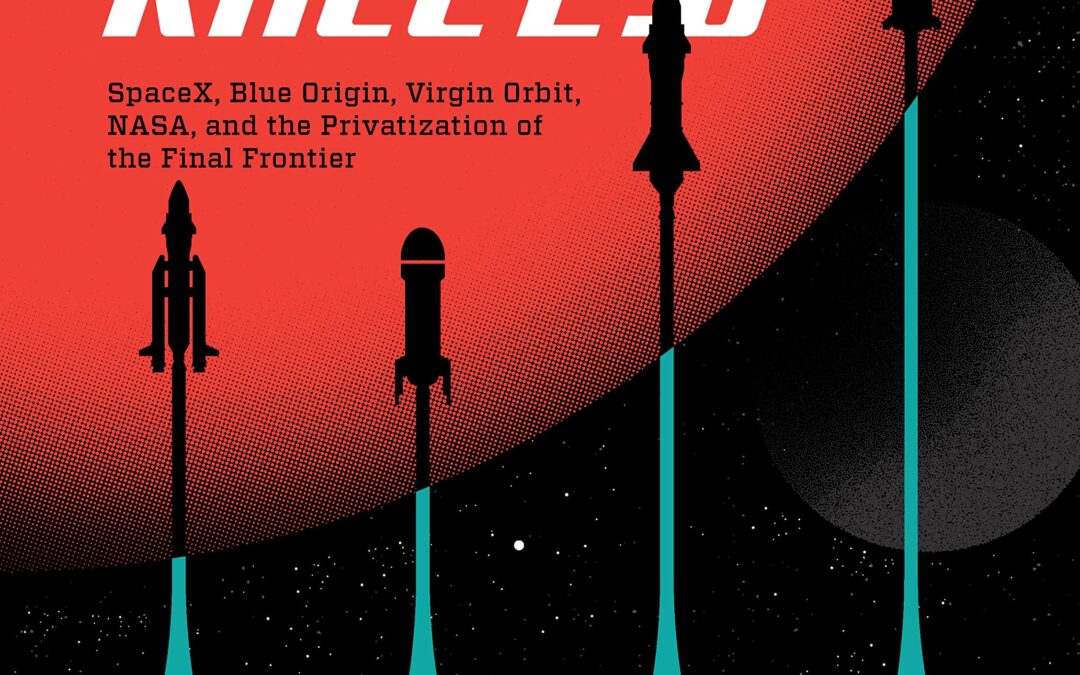
Space Race 2.0 is the only authoritative photographic history of the efforts of private companies—often alongside NASA—to accelerate humankind’s exploration and understanding of the final frontier.
The private space sector is growing tremendously. The industry’s consensus leader, SpaceX, headed by outspoken billionaire Elon Musk, is today worth an estimated $74 billion. And SpaceX and its chief competitors, Blue Origin and Virgin Galactic, are taking on more roles—flying cargo, supplies, and astronauts to outer space. Space Race 2.0 tells their story with expertly written text by science journalist Brad Bergan and stunning photography of the spacecraft, key players, and facilities in California, Texas, and Florida.
In the 1950s and ’60s, the first Space Race pitted two political ideologies against one another: either Communism or Capitalism would prove superior. Ultimately, the US landed on the moon, the race’s crowning achievement. Now, more than a half-century later, the Space Race has pivoted from a contest between ideological rivals to private aerospace firms competing for contracts.
Today, rather than symbolic goals motivated by patriotism, the defining success of a launch system extends beyond engineering and science to image and ROI. Founded in 2002, SpaceX’s trajectory was determined by Musk’s realization that he could achieve higher profits by vertically integrating—manufacturing his own rockets and spacecraft—rather than relying on third parties. The decision was prescient, resulting in a state-of-the-art headquarters in Hawthorne, California, and a series of stunning achievements.
Space Race 2.0 follows the development of commercial space exploration to the present. While tentative first steps in private ventures are covered, such as those by Space Services Inc. and Orbital Science in the 1980s and ’90s, the focus is on today’s major players: SpaceX, Blue Origin (headed by Amazon founder Jeff Bezos), and Virgin Galactic (founded by Richard Branson). While examining the hardware, Bergan also explores such considerations as the importance of design-forward equipment and the endgame: what ultimately is “in it” for firms at the forefront? Natural resources? NASA and ESA contracts? Commercial travel? Communications? And what legal boundaries, if any, restrain corporate interests in space?
Space Race 2.0 is the ultimate visual look at this relatively young industry, looking back at recent remarkable decades—and ahead to what the future might bring.
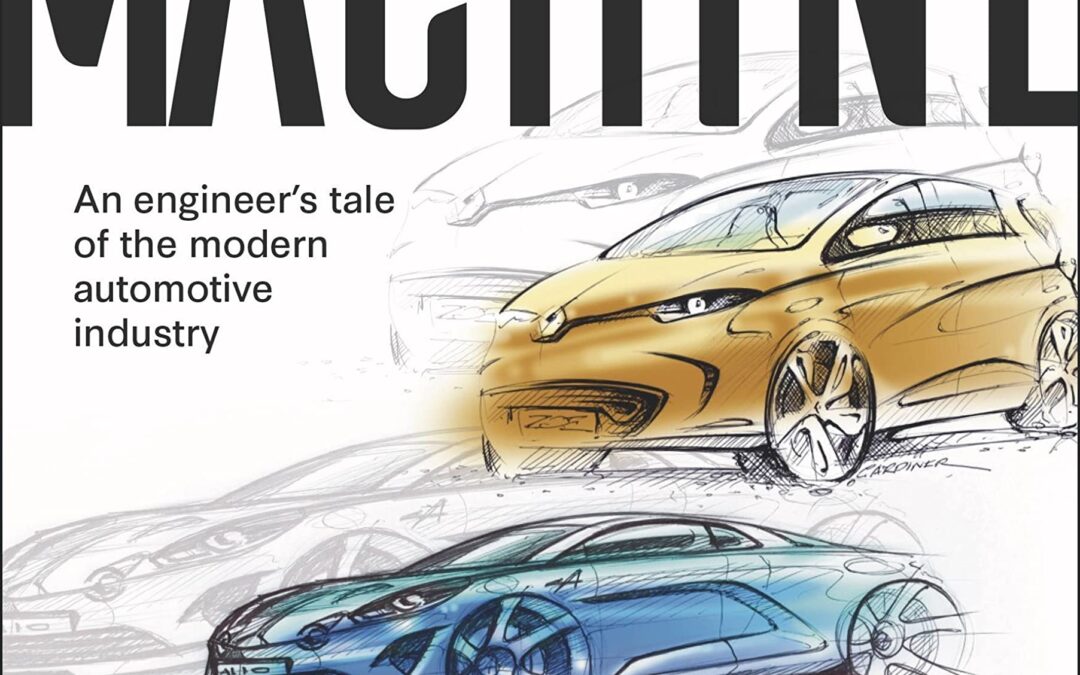
Inside the Machine tells the story of the modern car industry from the inside. What is it really like to work for the car-makers – the industrial giants that influence the daily lives of millions? How are mass-production cars really designed, engineered, and manufactured? What does it take to engineer a successful vehicle?
The story is told through the author’s own journey around the globe – starting as a young graduate engineer working for Nissan in the UK, to working for Nissan in Japan and finally for Renault in France as Chief Engineer of their ‘halo’ sports-car, designed to relaunch the Alpine brand.
It tells the behind-the-scenes story of three well-known vehicles, whose development teams were led by the author – the Nissan Qashqai, the Renault ZOE and finally the Alpine A110 – revealing some of the fascinating stories of how these vehicles came into being.
The book will seek to show the real work that goes on behind the glamour of the Motor Shows and the well-honed corporate press releases – work that is sometimes exciting, but often grindingly difficult.
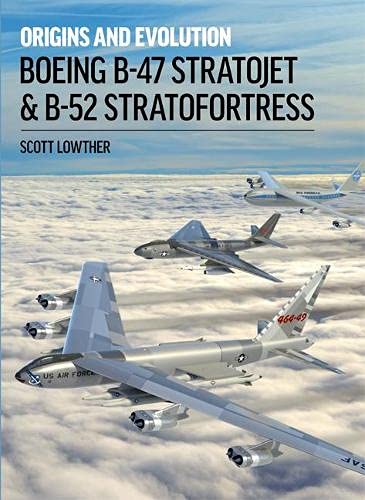
The famous B-52 Stratofortress has been in service with the USAF for more than 65 years and its iconic shape is known and recognized all over the world. Yet the B-52 and its predecessor, the B-47 Stratojet, started out looking very different indeed. Each aircraft was the end product of a lengthy design process which saw numerous configurations studied – with plenty of diversions taken and missteps made along the way.
In Boeing B-47 Stratojet and B-52 Stratofortress: Origins and Evolution, aerospace engineer Scott Lowther reviews and explains the many different projects put forward for these two iconic aircraft, including a wide variety of rare and forgotten designs.
Providing full-page diagrams, a wealth of new artwork and accurate data, the book will be useful for model makers interested in new and unique projects, aerospace engineers curious about the process of design evolution and those interested in these fascinating aircraft.
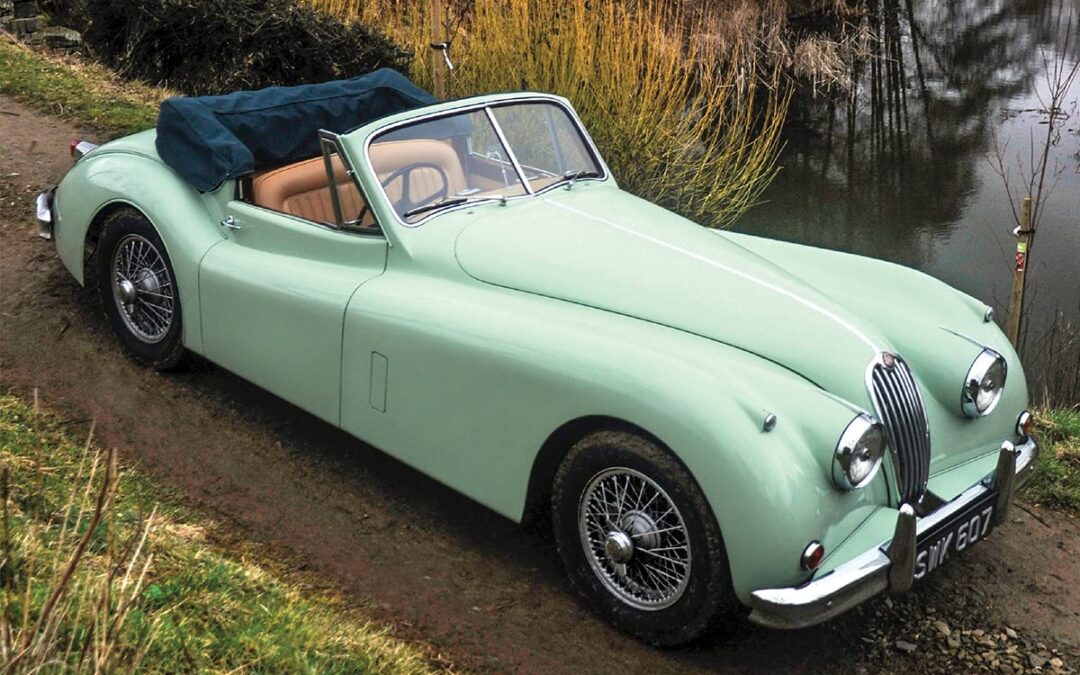
Revised third edition of this perennial best-seller. After five reprints, this book has established itself as the XK bible.
More than 50 XKs have been photographed specifically for this book, including no less than eight of the rare alloy XK120s.
This title comprises an absolute wealth of material and fascinating facts to intrigue and inform the XK owner, restorer and enthusiast, including model breakdowns, colour scheme information and pages of statistics.
Original Jaguar XK is lavishly and comprehensively illustrated and is the only book that covers XK120s, XK140s and XK150s in such textual and photographic detail.
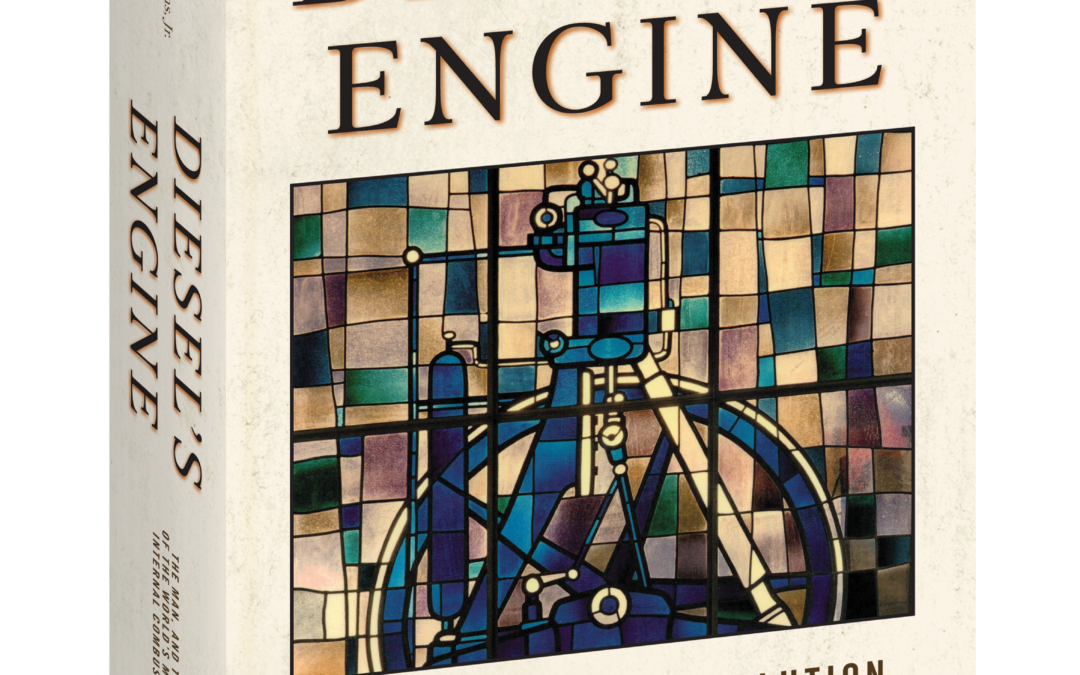
This is a reprint of Diesel’s Engine, first published in 1993. The book is a fantastic resource for serious fans of engine evolution and a great read as well. If you are interested in how the combustion engine came to be, this book and its companion, Internal Fire, are vital reading. We at Octane Press believe it to be a critical piece of automotive history and are happy to have a revised edition to offer to our readers.
C. Lyle Cummins Jr. continues his series on the internal combustion engine’s heritage in Diesel’s Engine. This engaging book is a fascinating and comprehensive history of the diesel engine, written by the son of Cummins Engine Co. founder, Clessie Cummins.
This is a companion book to Internal Fire: The Internal Combustion Engine 1673-1900 and covers in dramatic detail the entire sweep of Rudolf Diesel’s original ideas: the struggles to perfect the diesel engine, and the creation of an international industry that brought the world’s most efficient motor to market. Illustrated with black and white photos and period line drawings, this is a must-read for any serious enthusiast for engine and transportation technology.
Cummins is uniquely qualified to tell the diesel story. Raised in the family of America’s automotive diesel pioneer, his career as a mechanical engineer includes the design, development and marketing of diesel engine retarders and fuel systems for which he was granted five US patents. He has received several notable awards for his writings on I-C engine history. Cummins has devoted over two decades exhaustively researching his subject in corporate and museum archives throughout Europe and the United States to provide this definitive history of the diesel.
Accolades for Diesel’s Engine
“ … eminently readable, even by the mechanically innocent, treating his subject with humor, understanding and affection.” –Road & Track
“This new book is an enjoyable and informative . . . treatment of the subject, from its conception in the mind of Rudolf Diesel . . . until 1918. The author is eminently qualified to write on this subject.”–Waterways Journal
“[It’s] ‘user-friendly,’ and well worth the time spent for the sheer volume of information included.”– Gas Engine Magazine
“It’s a treasure trove of information . . . In short, the world will owe a big round of thanks to Lyle Cummins . . . for completing this very impressive work.”– Wheels of Time, American Truck Historical Society
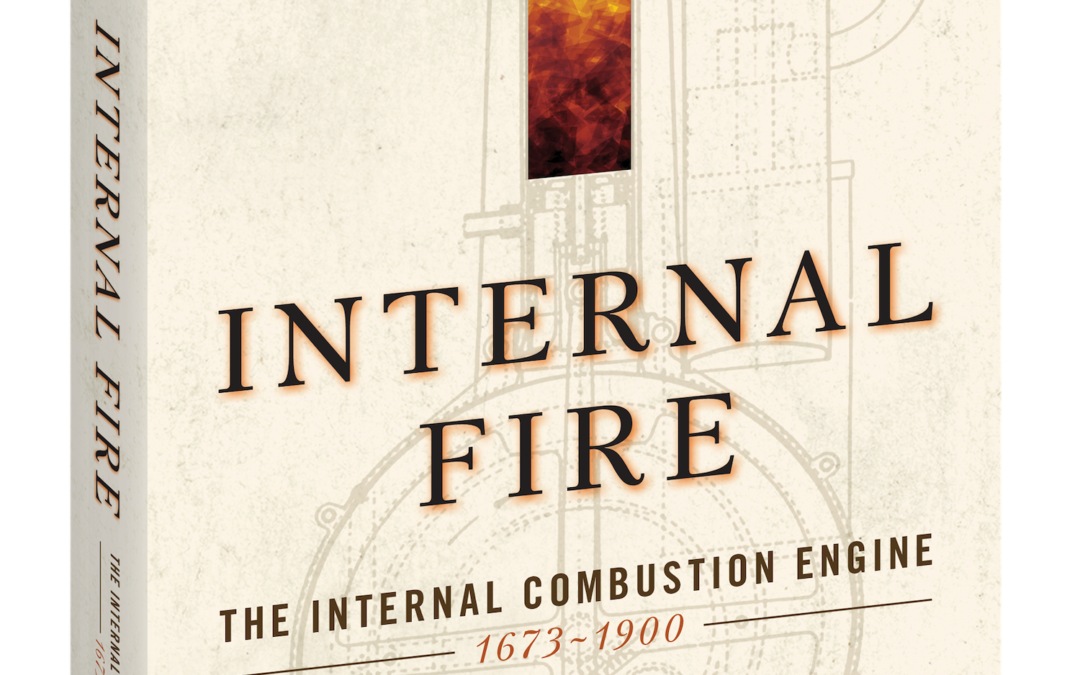
This book is a reprint of an important publication that was first published by the Society of Automotive Engineers in 1989. It is an authoritative and entertaining account of the evolution of the very early internal combustion engine. We at Octane Press believe it to be a critical piece of automotive history and are happy to have a revised edition to offer to our readers. If you want to understand how the engine in your favorite machine came to exist, this book and Diesel’s Engine, the companion book by the same author, are critical additions to your library!
Internal Fire is the captivating history of the internal combustion engine and the creative individuals who brought it to life. From gunpowder to diesel, the development of these early powerhouses has been recorded from all sides. The influences of new technologies, patents, and obtainable fuels, as well as a growing understanding of the very nature of heat itself are all explored.
Internal Fire is not intended as a textbook, but as the well-researched and readable chronicle of a mechanical servant that has greatly influenced life in the 20th century and beyond.
You will find in this comprehensive book:
■ Gunpowder and Steam
■ Air Engines
■ Thermodynamics: Carnot Charts a Course
■ Patents: Origin and Influence
■ Internal-Combustion Engines: 1791-1813
■ Searching and Perfecting: 1820-1860
■ The Genesis of an Industry
■ Otto and Langen
■ Otto’s Four-Stroke Cycle
■ Brayton and His “Ready Motor”
■ The Two-Stroke Cycle
■ Gas and Gasoline Engines to 1900
■ Oil Engines: An Interim Solution
■ Rudolf Diesel: The End of the Beginning
“This new and well-researched work by Lyle Cummins has at last provided a readable account of the work and people concerned in the search for a more efficient heat engine cycle.”
– The Newcomen Society Bulletin
“Thoroughly researched and eminently readable.”
– The Institute of Mechanical Engineers
“Fascinating tour through the early efforts to design a practical internal-combustion engine.”
– Road & Track
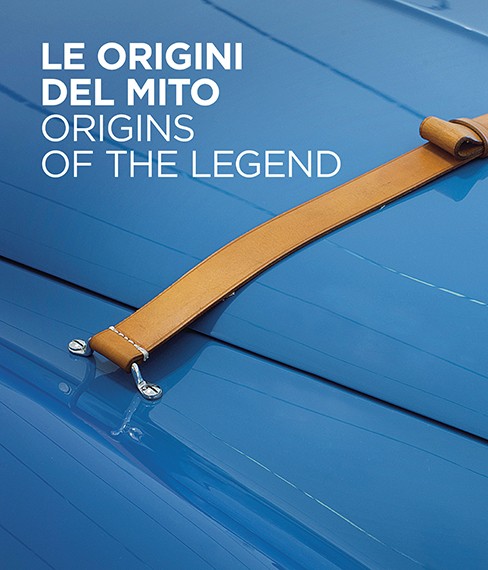
Interpreting the car racing world in a revolutionary way first with the Alfa Romeos of Scuderia Ferrari and, immediately thereafter, with the Touring Superleggera-bodied Ferrari 166, Enzo Ferrari was the creator of the racing car decked out as a Grand Tourer, a road car that, with just a few tweaks, was instantly ready for the track: the dream of every gentleman driver.

Catalog of Chevy V8 Engine Casting and Stamped Numbers 1955-93 is 5 1/2 x 7 1/2 book full of information about Chevy Casting & stamped Numbers Identification. Nice book with great information like part number, CID, year, model application, comments and more
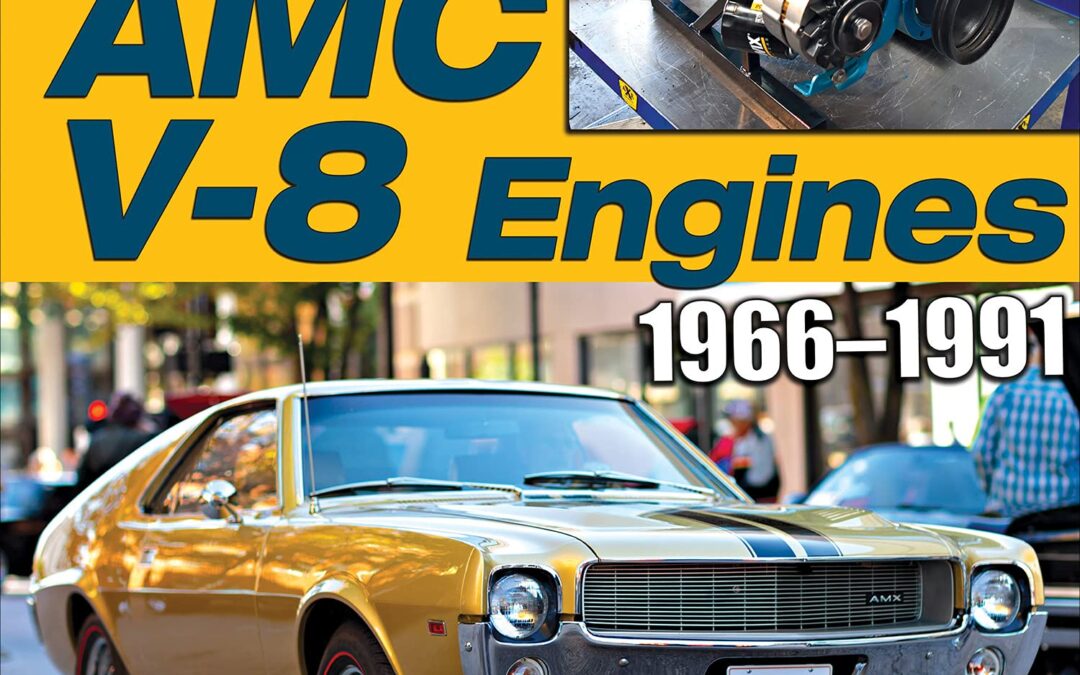
Rebuild your American Motors Corporation (AMC) V-8 engine with help and guidance from Don’s Auto Parts & Machine Shop located in Kenosha, Wisconsin, the home of American Motors!
The AMC Gen II and Gen III V-8 family consists of 290-, 304-, 343-, 360-, 390-, and 401-ci engines. Manufactured in Kenosha, Wisconsin, these engines reside between the fenders of classic cars (such as the AMC Javelin, AMX, Gremlin, AMC Rebel Machine, Matador, and Rambler and SC/Rambler) as well as Jeep CJs and full-size Jeeps.
If this is your first time rebuilding an AMC engine, this book contains detailed photos and instructions starting with disassembling your engine and determining what machining will be needed. All of the fine details about boring and honing, crankshaft grinding, balancing, cylinder head rebuilding, engine assembly, oil modifications, and performance upgrades are detailed with photos. Many of the specialized machining steps that are needed for a performance build that your local machine shop might not know about are included in this book.
AMC V-8 Engines: Rebuild & Modify not only shows the steps of a rebuild in detail but it also helps you determine what kind of build is right for your project. It will assist you in making the correct decisions on compression ratio, camshaft selection and what performance parts are needed. Many engine replacement parts are getting hard to find, so this book reveals some of the aftermarket and restoration companies that specialize in remaking AMC engine parts. Items like camshafts, forged pistons, connecting rods, and cylinder head manufacturers are covered.
Get ready to rebuild your AMC V-8. We look forward to helping you along the way!
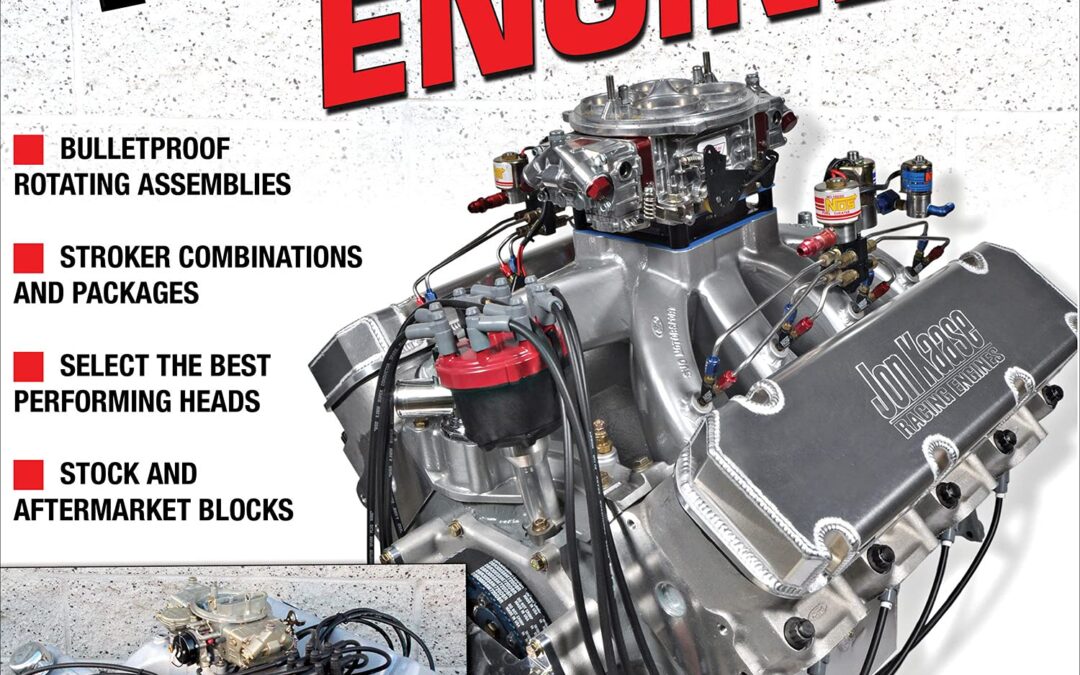
Learn to make incredible horsepower from Ford’s most powerful big-block engine design.
For years, Ford relied on the venerable FE big-block engine design to power its passenger cars, trucks, and even muscle cars—and why not? The design was rugged, reliable, amortized, and a proven race winner at Le Mans and drag strips across the country. However, as is always the case with technology, time marches on, and Ford had a new design with many improvements in mind. Enter the 385 family of engines (also known as the “Lima” big-block). Produced from 1968–1998, the 385-series engines were used in multiple applications from industrial trucks to muscle cars and luxury cruisers.
In Ford 429/460 Engines: How to Build Max Performance, which was written by Ford expert Jim Smart, all aspects of performance building are covered, including engine history and design, induction systems, cylinder heads, the valvetrain, camshaft selection, the engine block, and rotating assemblies. The best options, optimal parts matching, aftermarket versus factory parts, budget levels, and build levels are also examined. The 429/460 engines are a good platform for stroking, so that is covered here as well.
Whether you want to build a torque-monster engine for your off-road F-150, a better-preforming version of a 1970s-era smog motor for your luxury Lincoln, or an all-out high-horsepower mill for your muscle car, this book is a welcome addition to your performance library.
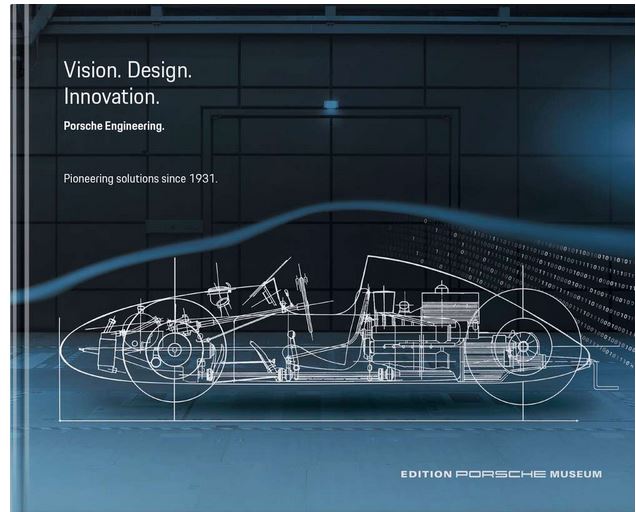
In 1931 Ferdinand Porsche started his own business in a rented office in Stuttgart’s Kronenstrasse thus laying the foundation for today’s Porsche brand. Since then, the name Porsche has been closely associated with development projects for customers worldwide. Porsche Engineering continues this tradition with innovative solutions and a high level of digitalization expertise in an international network of locations.
Technical details:
Edition Porsche Museum
Format: 29.5 x 24 cm, Hardcover
Pages: 240
Illustrations: 140
Language: English

Restorers’ and enthusiasts’ guide to 3.8, 4.2 and V12
The Jaguar E-type is considered by many to be Britain’s finest sports car, and has won innumerable accolades for style, performance and engineering. The car’s original specification, and the changes that Jaguar made during production, are fascinating for the detail they reveal of the engineering and sales challenges that the car faced – for many owners and enthusiasts they are crucial to every E-type’s historical integrity. This beautifully produced book contains a wealth of accurate information and detailed photographs, gleaned from extensive research, to enable the originality of any production E-type – Series 1, 2 or 3 – to be established, providing an invaluable reference resource for E-type owners, restorers and enthusiasts.
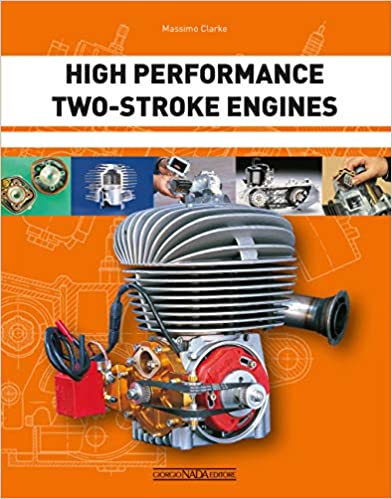
High Performance Two-Stroke Engines analyses the technology of spark ignition two-stroke engines. The presentation is simple and comprehensive. The description of the operating cycle, the fluid dynamics, the lubrication and the cooling systems is followed by painstaking analysis of the mechanical organs, with the materials and the manufacturing processes employed to produce them. The book is completed by an overview of the history and evolution of these engines and by an examination of the principal types and the diverse fields in which they are employed. A section of the work is dedicated to an in-depth analysis of the ignition and combustion phases and the formation of the air-fuel mixture, with particular attention paid to the most recent injection systems.








